Coffee process
The journey every coffee makes
The coffee you enjoy each day has taken a long journey to arrive in your cup. Between the time they’re planted, picked and purchased, coffee beans go through a typical series of steps to bring out their best.

While drinking your coffee, have you ever wondered where that brown-black hot drink comes from? Many people think that coffee beans grow on a plant, just like walnuts or tomatoes. That is not true. A coffee bean is actually a seed that comes from berries that grow on the coffee bush.
It does take a while before that coffee bush produces the first coffee berries. In the third or fourth year, the plant gives its first crop. As with other stone fruits, most plants develop blossoms once a year, from which the berries emerge. In some countries, such as Colombia, there are two flowering periods. These berries look a bit like cherries (hence the name 'cherries' in English) and are red or yellow in color.
The coffee plants do not grow in every region of the world. It takes a warm, subtropical climate to grow the precious fruit. Coffee plantations can often be found in countries around the equator from South America to Africa and Asia, the so-called 'bean belt'. The largest producer of coffee in the world is Brazil. The type of coffee bean that you most often encounter there is the Arabica. Other common coffee beans are Robusta and Liberica.
The environment, altitude and climate in which the coffee bean is grown influence the taste.
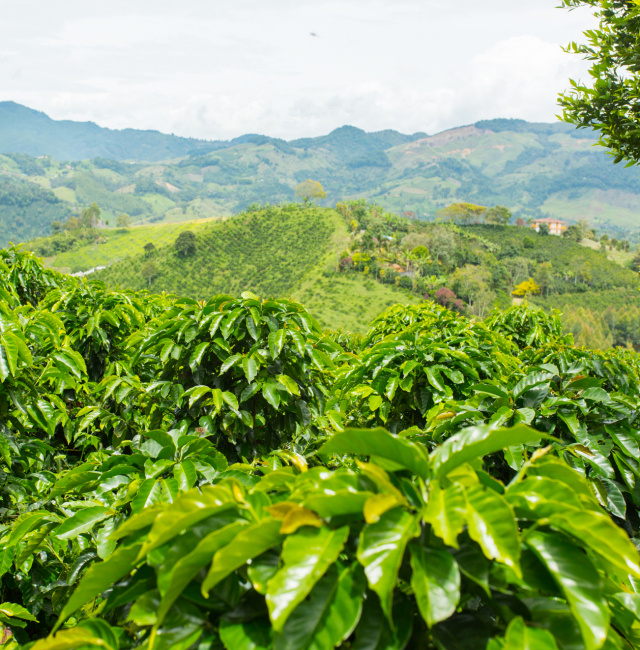
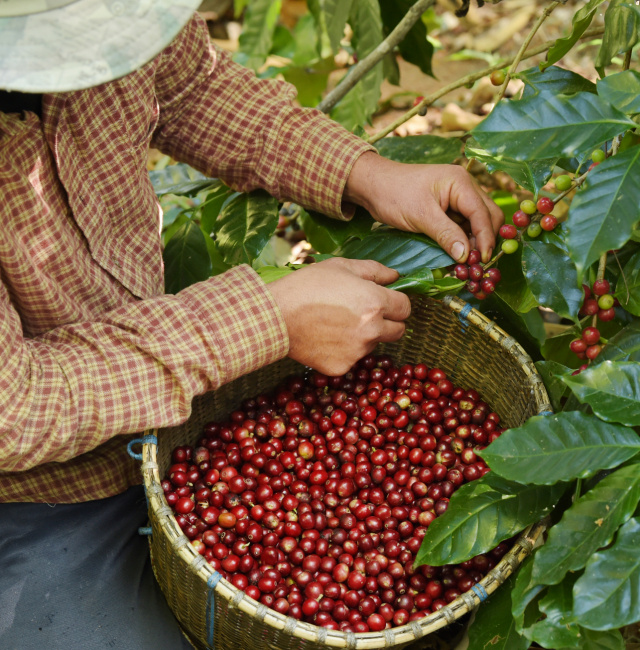
50 to 100 kilos of coffee berries provide 10 to 20 kilos of coffee beans.

The fruit can be picked after eight to twelve months. Harvesting the coffee berry is a labour-intensive job. Just look at it, because most of the time the harvest is done by hand. Machine picking is simply not possible in some mountainous areas.
There are two picking methods. The easiest is if the pickers strip all the berries from the bush at once. Another, much more expensive method is that only the ripe cherries are harvested by hand, one by one. After more than a week, the pickers return to put the next load of ripe berries in their basket.
On average, a good coffee picker picks 50 to 100 kilos of berries per day. That is a lot of berries given the light weight of the berry. So work hard.



The processing of the fruits must be done quickly, so that the fruit cannot spoil. There are two ways to process the coffee: the wet and dry method. The choice of processing depends on the amount of water available in the area.
Dry method
The dry, oldest method, coffee growers mainly use when water is limited. The 'cherries' are spread over large areas to dry in the sun. To prevent the berries from spoiling, growers rake and turn the fruits throughout the day. And they cover the beans when it rains. The pulp of the berry dries out in the sun and affects the taste of the coffee bean. The taste is sweeter, more aromatic and more complex. This process takes several weeks. Until the moisture content drops to about 11%.
Wet method
Another way is the so-called wet method. Growers use this method in areas where there is sufficient water and where the pickers or the machines strip the berries from the bush in one go. First of all, the fruits go through a machine to separate the bean with skin and the pulp. Then a selection is made by weight.
In water-filled fermentation tanks, the beans remain for between 12 and 48 hours. In these tanks, the producers remove the smooth layer of slime from the bean. After they have been rinsed well with water, they are ready to dry. These beans also dry until they contain about 11% moisture. This way of processing ensures a completely different taste of coffee. The coffee is cleaner and fruitier.
It is important during the drying process that the bean does not remain too wet. This can cause a so-called 'horny' bean. If a batch of coffee contains such a bean, you can taste it immediately. We prevent this by sampling.
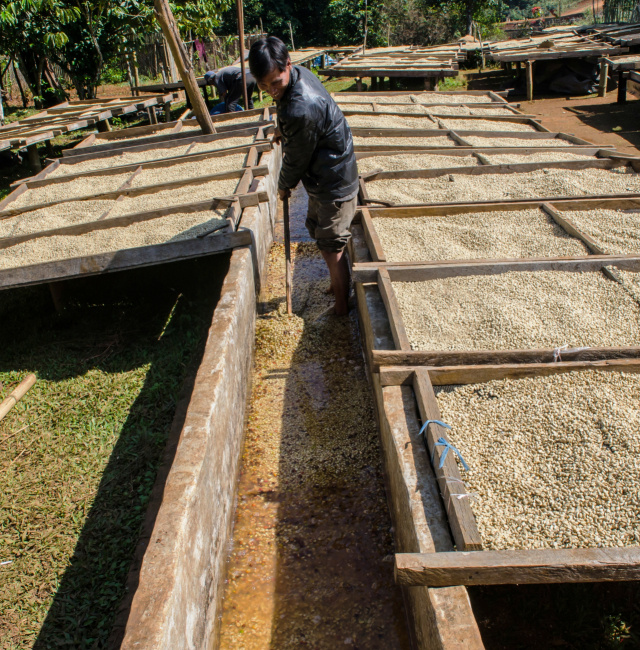
Aromatic, sweet coffee in the dry processing method. Higher acidity and fruitier coffee with the wet method.
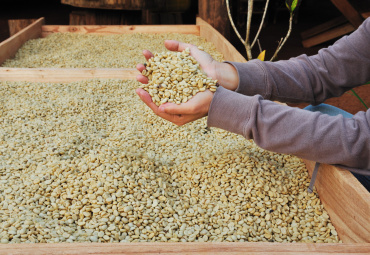
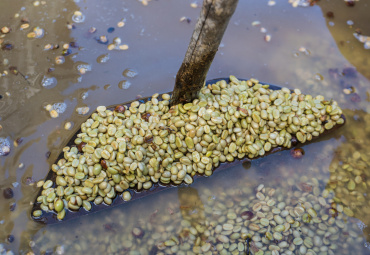
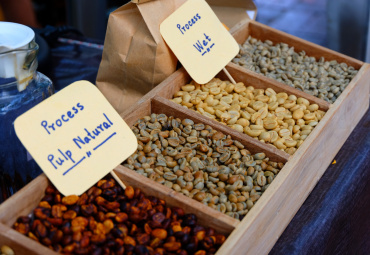
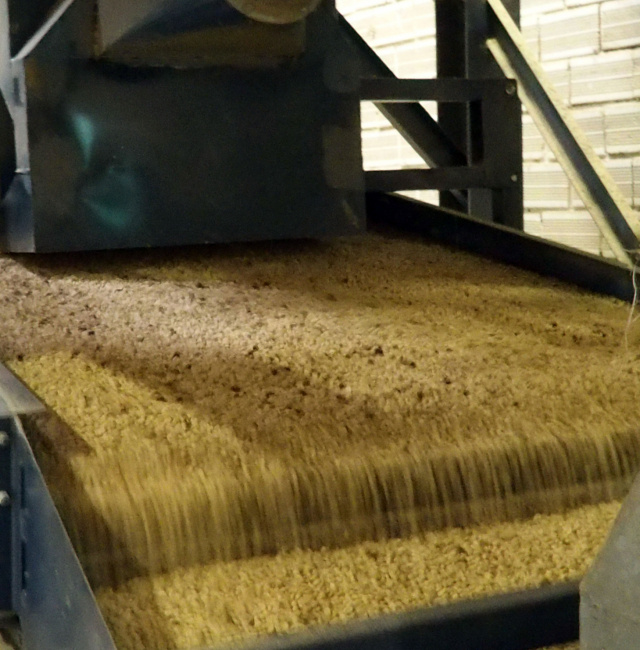
The flavor transfer has taken place. The remains of the fruit can be removed.
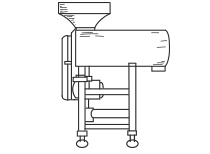
Separating the wheat from the chaff also happens with coffee beans. In the dry processing method, the completely dried skin of the fruits must be removed, so that eventually the coffee bean remains. With the wet method of processing, one layer, the so-called parchment layer, is left.
Polishing the beans is optional in the entire process. The silver skin that remains after the beans have been peeled is removed by machine. In terms of taste, there is no difference between the two.
After threshing, selection is made based on size, weight, color flaws and other imperfections, such as whole beans, damaged beans, over-fermented beans). The producers pay a lot of attention here, because they want to offer the best quality.
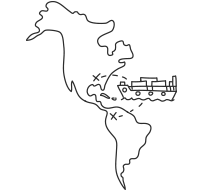
Although the coffee-producing countries themselves also enjoy their coffee, the majority of coffee beans are for export. Each year, the bean belt countries export 169.60 million bags of coffee beans of 60 kilos per bag.
Brazil is by far the number one exporter, followed by Vietnam, Colombia, Indonesia and Ethiopia. (Source: International Coffee Organization Data as at May 2021 - next update August 2021)
The beans are shipped to the USA, Europe, Russia, Japan. In Europe, Germany, Italy, Belgium, Spain and the Netherlands are the largest importing countries. (Source: https://www.ico.org/prices/m6-re-exports.pdf)
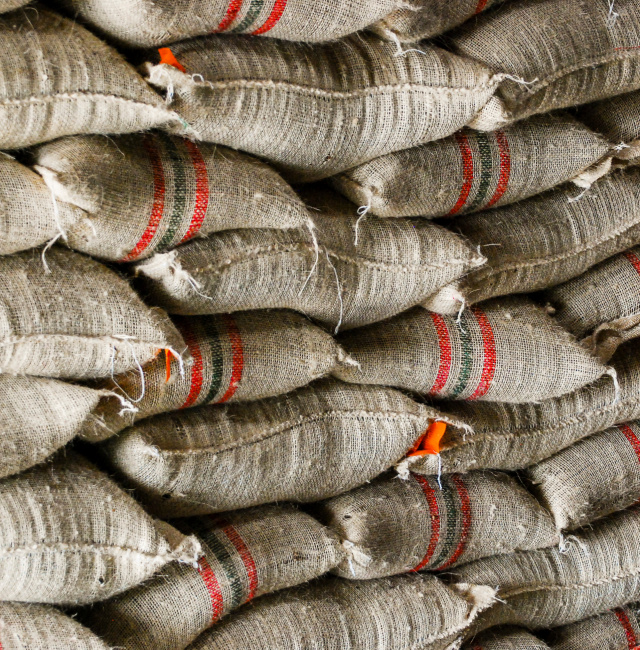
The most traded agricultural product in the world is transported in bulk or jute sisal bags.
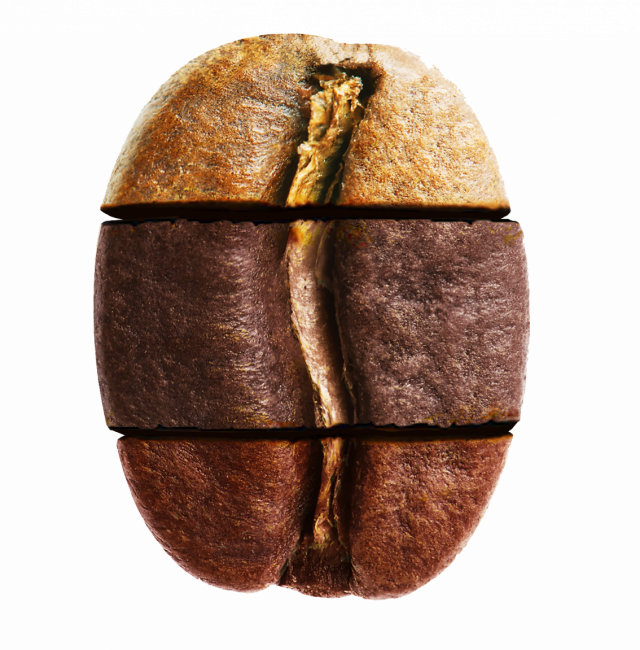
To preserve as much of the delicious flavors as possible, we roast the coffee beans daily. Nice and fresh.
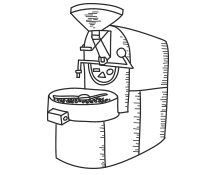
The coffee beans, as they are in the jute bags, are still not recognizable as the coffee bean as you normally know it.
The recognizable brown, fragrant coffee bean only emerges after roasting the coffee bean. Heating the beans causes a chemical reaction, and the caffeol, a fragrant oil locked in the beans, begins to emerge. Not only does the bean acquire its flavour, its appearance also changes. The bean loses moisture and 'pops' like a popcorn.
The coffee roaster determines how long the beans have to roast. The trick is to stop roasting at just the right time and immediately cool the beans with air or water. This brings out the best aromas and flavors.
A special profession you can say. The small, green 'seed' has now become a crunchy dark brown bean. Ready to go out into the world and spread its delicious taste.
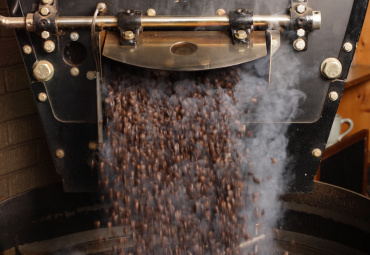
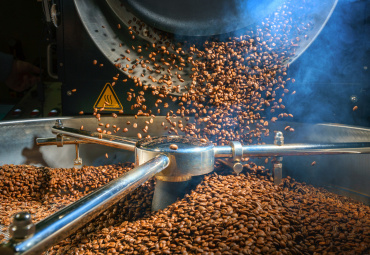
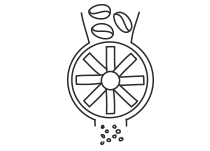
To extract as much flavor as possible from the coffee bean, the coffee is ground. Coffee can be ground very coarsely, but also very finely. The choice depends on the preparation method. The time that the coffee comes into contact with water determines the ideal grinding degree.
In general, the finer the grind, the faster the coffee preparation time. Coffee grind for an espresso machine is therefore much finer than coffee from a normal coffee machine.
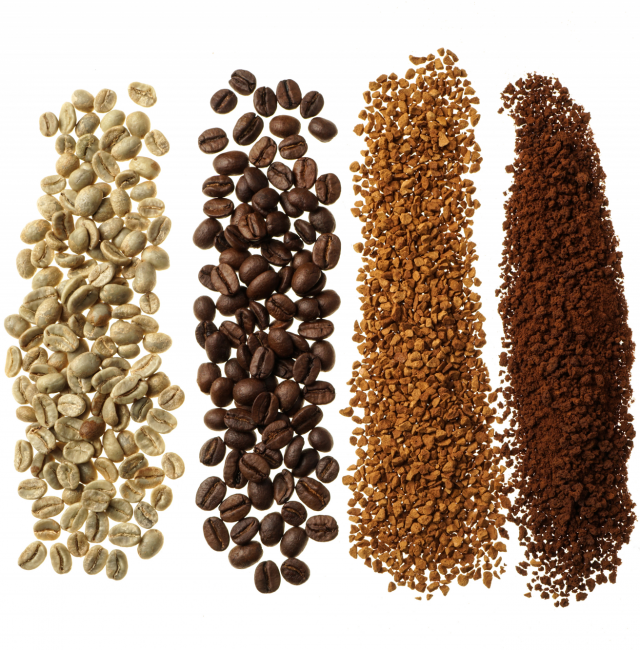
Choose the right grind, so that as many flavors and aromas of the coffee bean as possible mix with hot water.
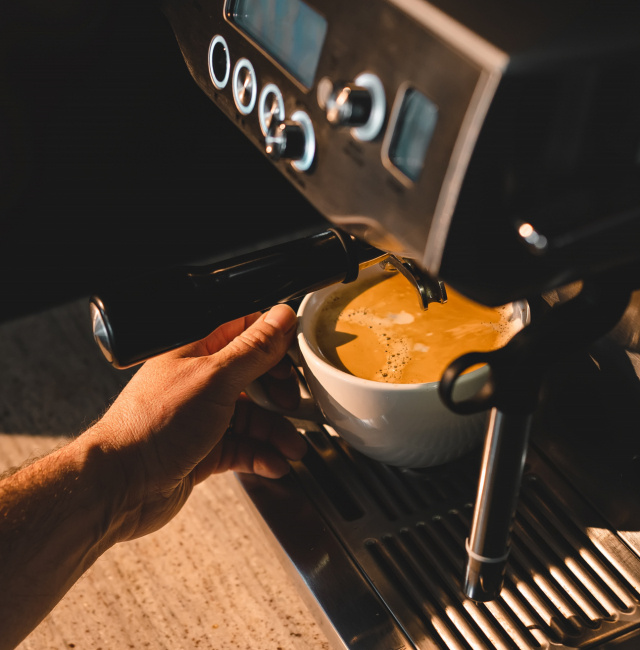
The coffee bean's journey ends with you. How you enjoy it is up to you. Enjoy!

After all those years of growing the coffee plant, blooming the blossom, developing the coffee berry, harvesting, drying, threshing, shipping, roasting, grinding, that little coffee bean has arrived in your home.
How you are going to enjoy it is up to you. Whether you like filter coffee, a spicy espresso or slow coffee, make this moment of the day a moment for yourself. Enjoy!

